On April 5, 2018, Japan time, the world of Japanese pop culture lost an icon, Isao Takahata, or affectionately known as Paku-san to his closest friends. While an understandable majority associate Studio Ghibli with Hayao Miyazaki, Takahata played just about an equal role as Miyazaki in contributing to the legacy of the studio. As for this article, we would like to celebrate this true revolutionary in the world to not just Japanese animation, but to animation as a whole.
The Life of Takahata
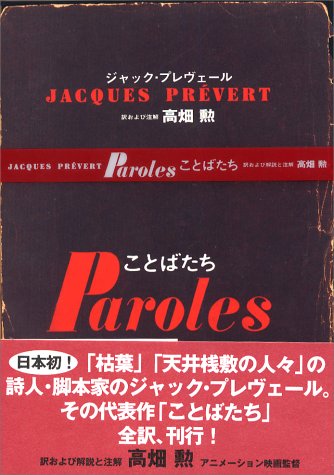
Isao Takahata was born on October 29, 1935, in Mie prefecture, which is not too far from Osaka, as the youngest of seven children. During the middle of World War II, his family moved to Okayama prefecture, just one prefecture east of Hiroshima, where he and his family survived a bombing raid from allied forces.
After graduating from high school, he enrolled at Tokyo University and studied French. He was the first to translate Paroles (meaning Words in French) into Japanese, a collection of poems by French writer Jacques Prevert.
From French Literature to Animation
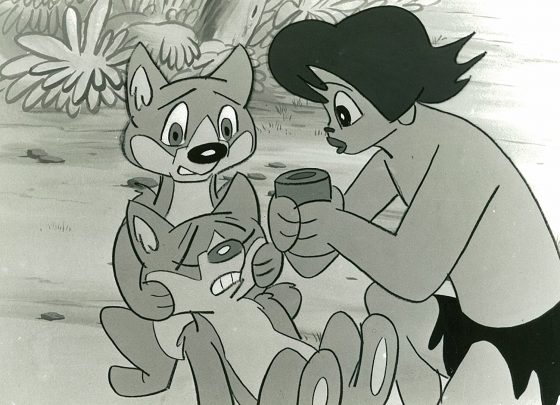
So how does a graduate in French find his way to becoming a legendary animator? It turns out that he got a job translating and providing Japanese subtitles for the French animated masterpiece, Le Roi et l'Oiseau, The King and the Mockingbird, and it inspired him to pursue a career in animation. After graduating from university, he got a job at Toei Studios. While he was employed at Toei Studios, he had a habit of showing up late while eating some bread. With the Japanese sound for eating as Paku Paku and due to this habit, people called him Paku-san.
During his career there, he worked on Taiyou no Ouji: Horus no Daibouken (The Little Norse Prince), Ookami Shounen Ken, and Wanpaku Oji no Orochi Taiji (Orochi, the Eight-Headed Dragon). During his employment there, he met Hayao Miyazaki and some time after, they would work at A Production and work on the original Lupin III, which would later pave the way for them to work on Lupin III: Cagliostro no Shiro. In addition to Lupin III, they collaborated on Panda Kopanda (Panda! Go Panda!), which served as the main inspiration to My Neighbor Totoro.
After that, the two of them would work at Nippon Animation and work on some other great classics such as Haha wo Tazunete Sanzenri, Anne of the Green Gables and they also worked on Mirai Shounen Conan (Future Boy Conan) with Yoshiyuki Tomino, the creator of Gundam.
Nausicaa and The Rise of Ghibli
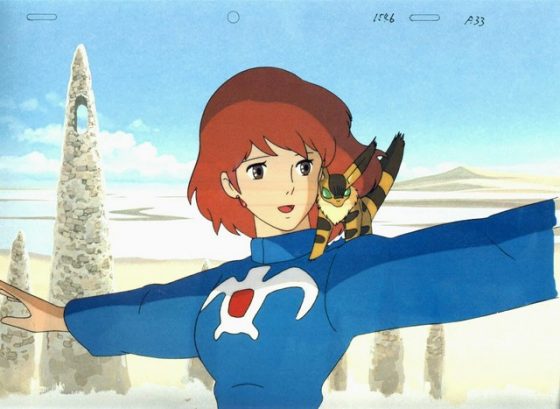
While Nausicaa is retroactively recognized as a Studio Ghibli feature, it actually was under the production of Topcraft, a lesser-known studio, upon its debut in 1984. Though Miyazaki directed the film, Takahata served as the producer where he and Miyazaki personally chose the studio, feeling its staff could represent the style of the original manga. It was during this time that the seeds of Studio Ghibli were being planted since Takahata would hire Joe Hisaishi to compose the soundtrack, who would later contribute to Miyazaki’s other works.
Despite the critical success of Nausicaa, Topcraft filed for bankruptcy the following year in 1985. Its former full-time staff founded their own independent studio (who would later fold back into Studio Ghibli) but Takahata, Miyazaki, and Toshio Suzuki bought Topcraft and rebranded it as Studio Ghibli, Italian for a hot desert wind. While Takahata would serve as a producer to most of Miyazaki’s works, he would also direct some of his own distinguishing classics.
The Works of Isao Takahata
Hotaru no Haka (Grave of the Fireflies)
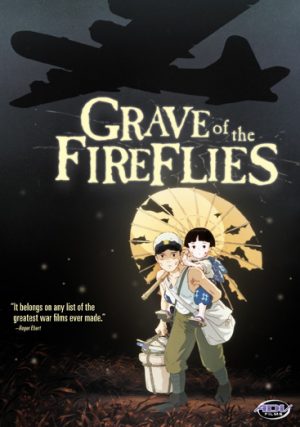
- Aired: Apr 16, 1988
Based on a late-1960’s semi-autobiography by Akiyuki Nosaka, it tells the story of two young orphans in Kobe trying to survive the last days of World War II. Considering how Takahata also had to survive during his youth, audiences can see how he expresses his own personal experiences in this movie. While an overwhelming majority of mainstream World War II media portrayals tend to glorify the allies’ mission to stop fascism, Grave of the Fireflies is one of the few that centers around the innocent victims, and how they struggle to survive with little to no support.
The reason why it finds international acclaim is that it does not try to demonize the allies, nor does it glorify the old imperial Japan. It makes audiences put aside the fighting, who was right or wrong, but instead remember that regardless of who the enemy nation is, innocents, most especially children, are the ultimate victims.
While many fans and critics praise it as an anti-war movie, Takahata claims that was never his intention, but that it was about survival and how two children died because of a failed society who did nothing to provide for them when they could have. Nevertheless, Takahata has reportedly stated that he still supports Article 9 of Japan’s Constitution, which denounces international war.
Omoide Poroporo (Only Yesterday)
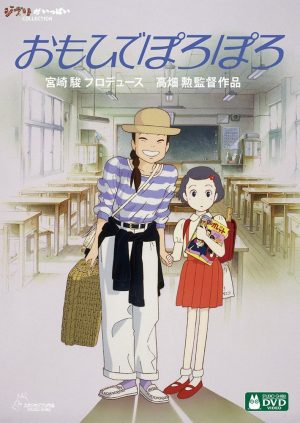
- Aired: Jul 20, 1991
Based on the manga by Hotaru Okamoto and Yuko Tone, Only Yesterday tells the life of Taeko, an ordinary 1980’s city girl who wants to experience a simpler life. She decides to visit some distant relatives in Yamagata prefecture to get away from it, and it turns out she likes it way too much since it was something she has always wanted since her childhood. Only Yesterday is a pretty unique coming of age story in a way that is both unorthodox and yet relatable. While many people around the world and even non-Tokyo residents in Japan dream of at least visiting the big city, Taeko wants to get away from it since it is what she’s known her whole life.
The movie shows that people want different things out of life and at the same time, it re-evaluates the notion that we should also learn to appreciate what we already have. In addition, even if you’re from a big city like Tokyo, there is still more to the world than just your hometown. In the end, the films show the need to be true to ourselves and our goals and if the opportunity is there to pursue such things, then we should take it. Hopefully, through this anime, non-Japanese fans can learn to appreciate there is more to Japan than just Tokyo, and that its rural environments are just as rich and fulfilling.
Heisei Tanuki Gassen Ponpoko (Pom Poko)
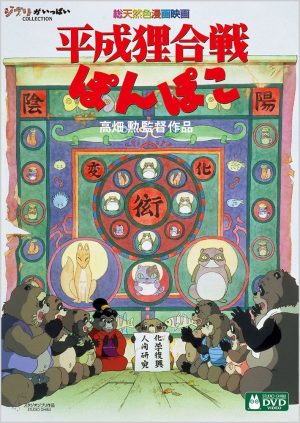
- Aired: Jun 13, 1994
By using tanukis, or raccoon dogs, which are a unique species to Japan, Takahata presents his own story of urbanization and how it can negatively impact the environment and animals. The film demonstrates how destroying their habitats can lead to food shortages and how they can die out. Though a good majority of Takahata’s popular works tends to be more realistic, the tanukis portrayed in Pom Poko also use their shapeshifting abilities from traditional folklore to scare away workers from destroying their homes.
While it seems really cute and silly on a surface level, the anime does get rather dark since people and animals do get killed during their attempts to reclaim their land. Compared to Miyazaki’s works such as Princess Mononoke and Nausicaa, viewers get a more relatable and contemporary approach to Ghibli’s environmentalist themes since it uses an actual place in the present with real animals.
Tonari no Yamada-kun (My Neighbor the Yamadas)
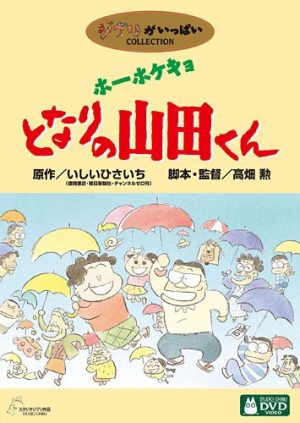
- Aired: Jul 17, 1999
Another distinct masterpiece of Takahata is My Neighbor the Yamadas, a collection of episodes about the Yamada family. Compared to the dark and tragic Grave of the Fireflies, My Neighbor the Yamadas has an upbeat, comedic, and relatable presentation of everyday family life. Like Grave of the Fireflies, while it is very Japanese in nature, it has a unique portrayal that may be also universal to all audiences. For those who come from traditional nuclear families, My Neighbor the Yamadas is one of the most relatable animes to watch.
Kaguya-hime no Monogatari (The Tale of the Princess Kaguya)
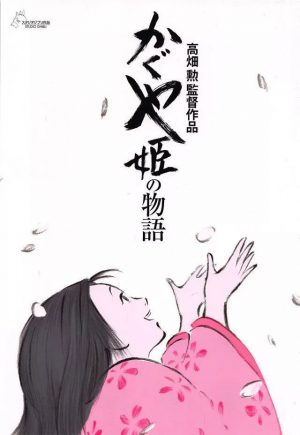
- Aired: Nov 23, 2013
His final work, The Tale of the Princess Kaguya, is Takahata’s animated retelling of a legendary Japanese fairy tale, The Tale of the Bamboo Cutter, which you can say is a Japanese equivalent to Thumbelina. Like in the original story, a bamboo cutter discovers a tiny girl while he does his job and chooses to raise her as his daughter with his wife. Due to the unique nature of her discovery, she is thought to be of some kind of royalty and many noblemen want to marry her but they must find a legendary treasure to win her hand.
By the end, we learn she is originally from the moon and chooses to go back. For non-Japanese audiences that want some exposure to authentic storytelling, The Tale of the Princess Kaguya is what you need to see since it represents the story with an authentic feel.
A Man of Accomplishments
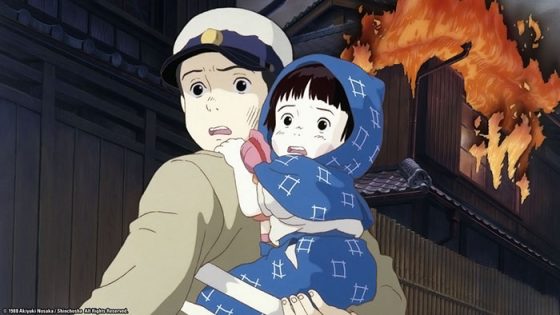
With his nearly 6-decade dedication to the animation industry, he has accomplished numerous accolades. For Grave of the Fireflies, he won the Blue Ribbon Award by the Japanese Film Academy, which is an equivalent to an Oscar. And has won many awards in relation to education and child development from Japan’s Ministry Health and Welfare, Japan’s Agency of Cultural Affairs, the International Child Development Film Center, the Chicago International Child Development Film Festival, the Moscow International Child Development Film Grand Prix, and an Annie Award by the International Animated Film Associated.
Final Thoughts
While Takahata has served as a producer for and/or has collaborated to most of Miyazaki’s works, as a director, he has done an amazing job of distinguishing himself from his Oscar-winning colleague. Compared to the fantasy oriented Miyazaki that is more child-friendly, a large portion of Takahata’s directorial pieces are more about realism and are better suited for mature audiences.
He can do tragedy as he has done with Grave of the Fireflies, or comedy like in My Neighbor the Yamadas, or an adult-oriented coming of age story such as Only Yesterday. Unlike Miyazaki who had a crazy work ethic, Takahata’s approach to making anime movies required him to work at a slower pace because he required a different sense of detail and had a different kind of attitude in terms of perfectionism.
Miyazaki has previously stated that if he never met Takahata, he probably would have stuck to Shounen oriented anime as opposed to his present works that have progressive messages. Takahata has always been a supporter of labor politics (and has been a supporter of the Japanese Communist Party) and his personal views were passed onto Miyazaki. Even in his later life, he was still dedicated to utilizing his French education. He translated and provided subtitles to another French animated film, Kirikou and the Sorceress (Kirikou et la sorcière).
In addition to making his own stories, he even composed some of the songs to The Tale of the Princess Kaguya. While his personal politics may be controversial by the standards of some countries such as the US, which has a negative history with communism, no one can deny the man can tell a story and that he will surely be missed.

